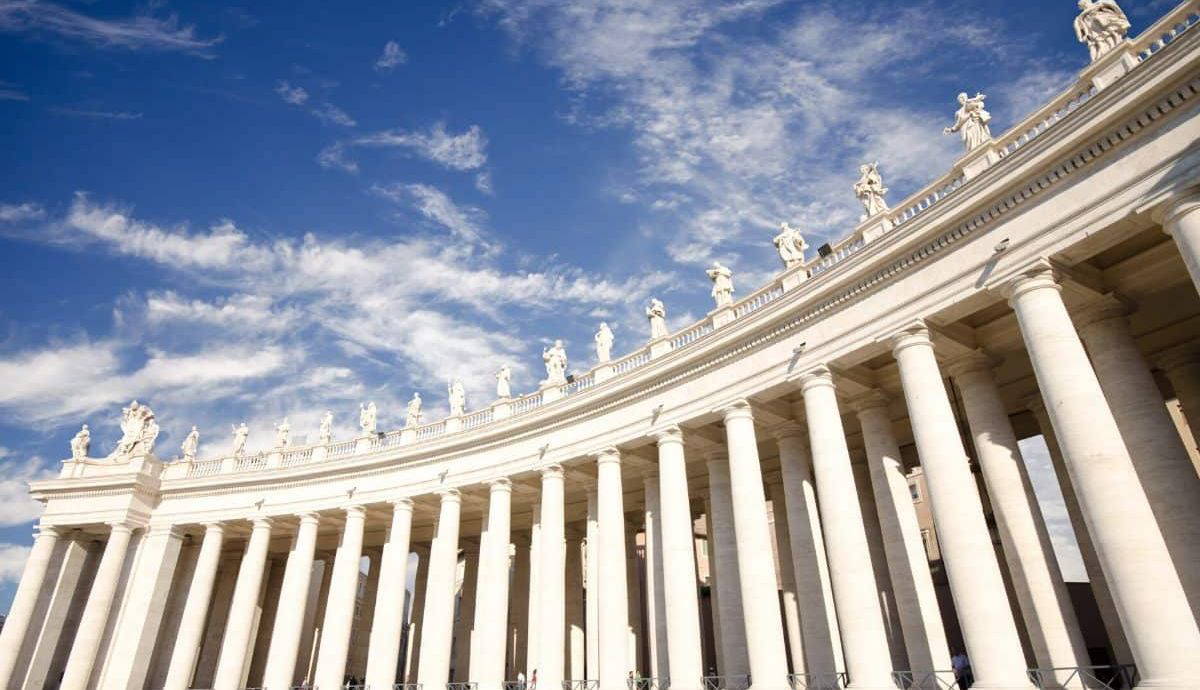Vatican Museums decided to open the Via Triumphalis Necropolis for visitors. Overall, this is the first time that something like this is happening. The Vatican unlocked an entrance along its walls to access the underground Roman cemetery adjacent to Vatican City. Roman mosaics and frescoes abound, as do open burial tombs and stone tombstones.
Vatican Museums Opened the Graveyard

The burial places are from the first to the fourth centuries CE. They contain the remains of “slaves, freedmen, artisans of the city of Rome”, Leonardo Di Blasi, an expert from the Vatican Museums, told Euro News. Some became even recognized as Emperor Nero’s sovereign possessions.
“We begin to learn about people we did not know, particularly about rituals that seem more related to family, neighborhood, town, or personal traditions than to official religion”, Di Blasi continued. There are also documents about cemeteries belonging to a caretaker assigned to maintain the set design of Pompeii’s theater. There is also another caretaker assigned to maintain the woods.

The graveyard was previously exclusively accessible to authorized experts and intellectuals. Through the Saint Rose Gate entry, the general public can now explore the city of the dead as part of the exhibition “Life and Death in the Rome of the Caesars”. The Necropolis lies just outside of the city of Rome.
Get the latest articles delivered to your inbox
Sign up to our Free Weekly Newsletter
The Necropolis’ History

For reasons of safety and hygienic considerations, Roman law required that interment and cremations take place outside of cities. It was discovered in 1956 while the Vatican Autoparco was being built. The Santa Rosa portion came into light in 2003 while parking lot work was underway. The location has an area of about 10,764 square feet along a stretch of the historic Via Triumphalis.
This archaeological area is an outstanding example of an ancient Roman burial ground.
The word “necropolis”, from the Greek necròs (dead) and pòlis (city), denotes a “city of the dead”. Since Roman law forbade the cremation and burial of the dead within the city for safety and hygiene reasons, cemeteries were located along the roads outside the urban area.

The passing of travellers nurtured the memory of the dead, but it was above all the activity of the living that was clearly present in the ancient cemeteries: through particular practices and funerary rites the ancient Romans maintained a link with their departed loved ones and established contact with the Hereafter. All these activities are especially well documented in the necropolis that extends along the stretch of the Via Triumphalis near the city.

